Weirs & sluices
Weirs and sluices across river channels
Major: any permanent, water-tight, fixed (but can be adjustable to control flow), weir/sluice structures. Typically made of concrete, cemented boulders, wood or metal extending across the entire width of the channel. Weirs and sluices can be used for controlling water level or water flow, abstracting water or trapping sediment. (Exclude rubble/loose stone weirs.)
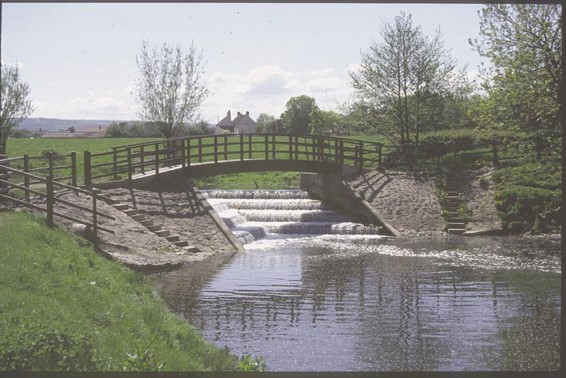
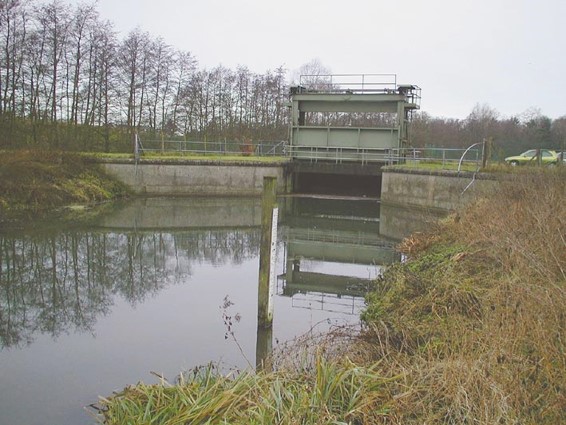
Major weir (composite) above and major sluice below
Intermediate: semi-permeable, fixed, structures controlling water levels; extending across the entire width of the channel but permeable enough to allow some water to flow through them. Commonly made from loose rubble, inter-locked boulders and, less commonly, logs.
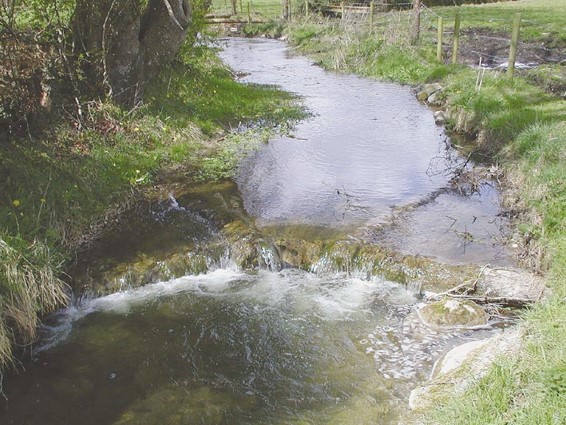
Intermediate weir
Minor: small, permeable, and usually temporary structures across the river channel, often made from stones, cobbles or pebbles by children. They often get dislodged by large spates.
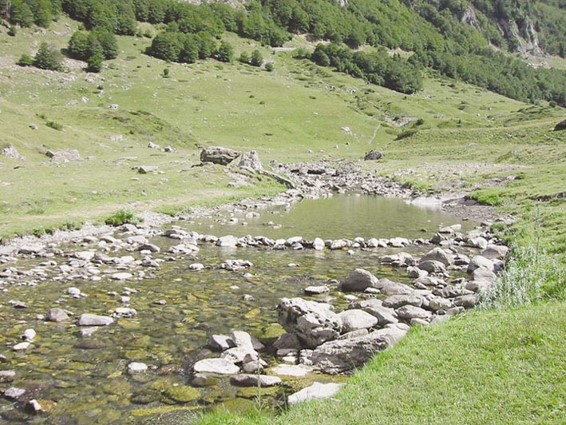
Minor weir
Composite weirs (see above) should be recorded as a single structure. These are a series of weir crests close to each other, and linked with concrete aprons and/or side-walls so that there is no natural bank material between the weir crests.
Weirs that have completely collapsed, and only extend partially across the channel (and therefore do not control water levels upstream), should be recorded as ‘groynes’, and a note made in Section O.
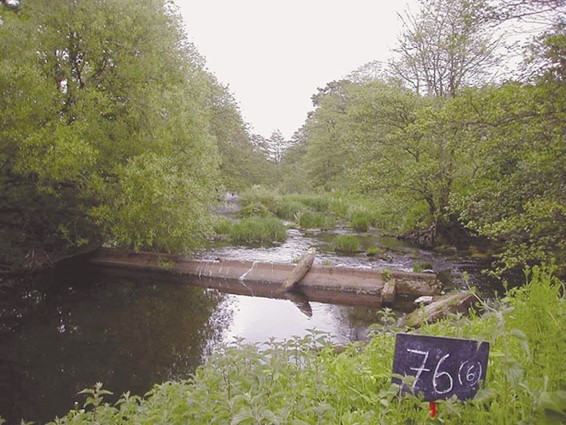
A collapsed weir that would be recorded as a groyne.